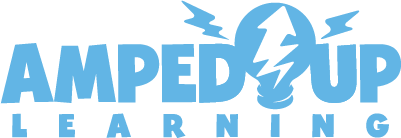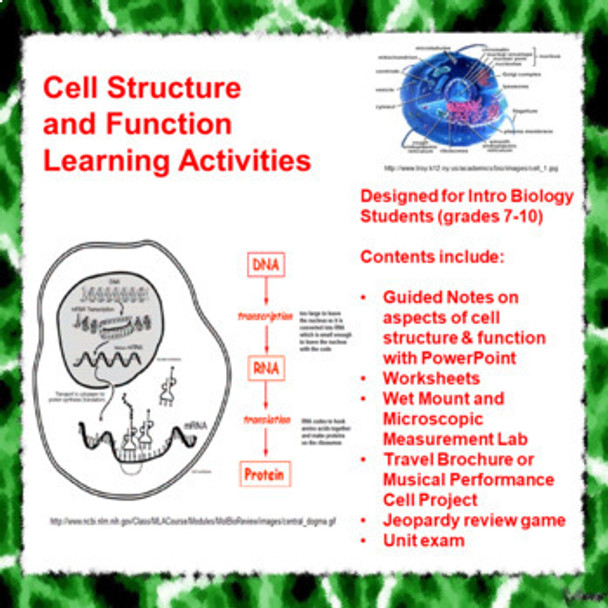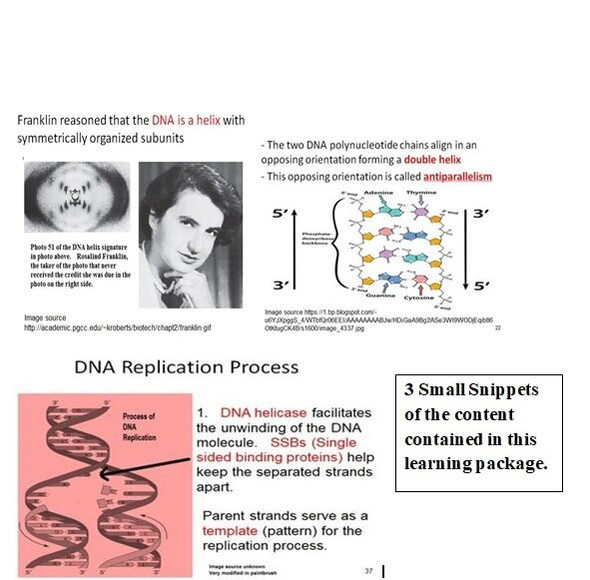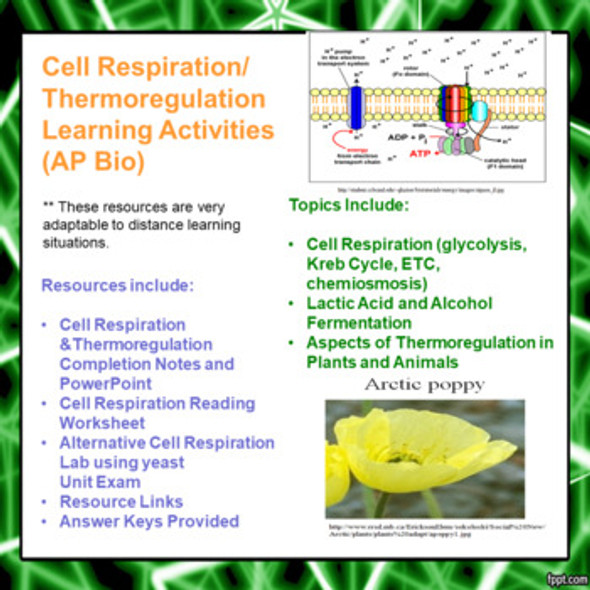Description
This zip file contains 35 files (48 pages) with many resources and activities which can be used to compose a unit for biology students introducing them to life processes and classification. This unit has been correlated to the NGSS, Living Environment Core Curriculum and Common Core standards.. Appropriate learning objectives and student learning targets as handouts for students and in large font for classroom printing are included.
Most files with the exception of the PowerPoints are posted in both pdf and as word documents which can be edited for individual teacher and classroom needs. These documents are well suited for use in distance learning environments.
While these lessons were originally designed to correlate to the performance indicators of the New York State Living Environment/Biology curriculum, the components of this lesson may be easily used in other biology courses as well. It contains the following items:
-- Cell Theory and Organelle PowerPoint with 64 slides (four activities are included within this PowerPoint that could be used for bell ringer or closure activities)
-- Cell Theory and Organelle Cloze Completion Notes with learning goals for students (correlates directly to the PowerPoint)
-- Jeopardy game for cells in a PowerPoint
-- Travel Brochure or Song project student handout with rubric
-- 2 page staining technique instructional handout
- 3 different worksheets directly pertaining to the topics in this unit
-- Onion Wet Mount and Microscopic Measurement Lab student handout with answer key
-- Microscopic Measurement Lab handout for students with an answer key as a word document
-- Cell Structure and Function exam with answer sheet and answer key
-- Curriculum Correlations as indicated in the introduction
-- Student Learning Targets (can do statements) as a student handout and in large font for classroom posting
Cell and Cell Processes Learning Goals
Upon the completion of this unit the student will:
1. discuss and compare the following relative organizational levels; cell, tissue,organ, and organ systems.
2. recognize that improvements in the light microscope and microscopic techniques during the last four centuries have allowed the development of the cell theory.
3. state the cell theory.
4. convert micrometer measurements to millimeters and vice versa.
5. describe the appearance and chief function(s) of the following organelles found in both plant and animal cells; nucleus, nuclear membrane, nucleolus, ribosomes, endoplasmic reticulum, cytoplasm, food vacuole,contractile vacuole, lysosome, mitochondrion, golgi apparatus and plasma membrane.
6. relate the structure of the plasma membrane to its selective permeability.
7. discuss the role of the centriole in animal cells.
8. state the role of the cell wall and chloroplasts in plant cells.
9. define the terms prokaryote and eukaryote and list examples of organisms composed of this cell type.
NGSS Learning Standards
Students who demonstrate understanding can:
HS-LS1-1. Construct an explanation based on evidence for how the structure of DNA determines the structure of proteins which carry out the essential functions of life through systems of specialized cells.
HS-LS1-3. Plan and conduct an investigation to provide evidence that feedback mechanisms maintain homeostasis.
Common Core State Standards Connections:
ELA/Literacy
RST.11-12.1 Cite specific textual evidence to support analysis of science and technical texts, attending to important distinctions the author makes and to any gaps or inconsistencies in the account.
WHST.9-12.2 Write informative/explanatory texts, including the narration of historical events, scientific procedures/ experiments, or technical processes.
WHST.9-12.7 Conduct short as well as more sustained research projects to answer a question (including a self-generated question) or solve a problem; narrow or broaden the inquiry when appropriate; synthesize multiple sources on the subject, demonstrating understanding of the subject under investigation.
WHST.11-12.8 Gather relevant information from multiple authoritative print and digital sources, using advanced searches effectively; assess the strengths and limitations of each source in terms of the specific task, purpose, and audience; integrate information into the text selectively to maintain the flow of ideas, avoiding plagiarism and overreliance on any one source and following a standard format for citation.
WHST.9-12.9 Draw evidence from informational texts to support analysis, reflection, and research.
NY State Living Environment Core Curriculum
Performance Indicator 1.2
Describe and explain the structures and functions of the human body at different organizational levels (e.g., systems, tissues, cells, organelles).
Major Understandings
1.2a Important levels of organization for structure and function include organelles, cells, tissues, organs, organ systems, and whole organisms.
1.2c The components of the human body, from organ systems to cell organelles, interact to maintain a balanced internal environment. To successfully accomplish this, organisms possess a diversity of control mechanisms that detect deviations and make corrective actions.
1.2e The organs and systems of the body help to provide all the cells with their basic needs. The cells of the body are of different kinds and are grouped in ways that enhance how they function together.
1.2f Cells have particular structures that perform specific jobs. These structures perform the actual work of the cell. Just as systems are coordinated and work together, cell parts must also be coordinated and work together.
1.2g Each cell is covered by a membrane that performs a number of important functions for the cell. These include: separation from its outside environment, controlling which molecules enter and leave the cell, and recognition of chemical signals. The processes of diffusion and active transport are important in the movement of materials in and out of cells.
1.2i Inside the cell a variety of specialized structures, formed from many different molecules, carry out the transport of materials (cytoplasm), extraction of energy from nutrients (mitochondria), protein building (ribosomes), waste disposal (cell membrane), storage (vacuole), and information storage (nucleus).
PERFORMANCE INDICATOR 1.3
Explain how a one-celled organism is able to function despite lacking the levels of organization present in more complex organisms.
Major Understandings
1.3a The structures present in some single-celled organisms act in a manner similar to the tissues and systems found in multicellular organisms, thus enabling them to perform all of the life processes needed to maintain homeostasis.
Appendix A NY State Living Environment Laboratory Checklist
¥ Follows safety rules in the laboratory
¥ Uses a compound microscope/stereoscope effectively to see specimens clearly, using different magnifications
¥ Identifies and compares parts of a variety of cells
¥ Compares relative sizes of cells and organelles
¥ Prepares wet-mount slides and uses appropriate staining techniques
Many more biology materials to compose a full year course including this unit of learning activities are available at a significant savings of over 70% if purchased as a package for $23.99 (over 900 pages of different learning materials and 1500 PowerPoint slide) ... this package includes the following units:
If the contents of this complete course were purchased as individual zip files for each unit, it would cost more than $70 for these materials.
This year long course contains the following units.
-- Life Processes and Introduction to Classification Learning Activities
-- Cell Structure and Function Lesson Activities
-- Membrane and Membrane Processes Learning Activities
-- Introduction to Biochemistry and Enzymes Lesson Activities
-- Human Nutrition Learning Activities
-- Human Circulation Learning Activities
-- Immunity Lesson and Lab Activities
-- Human Respiration Learning Activities
-- Introduction to Cell Respiration Learning Activities
-- Introduction to Human Excretion and Human Locomotion Learning Activities
-- Nervous and Endocrine Systems Lesson Activities
-- Introduction to Mitosis and Asexual Reproduction Lesson Activities
-- Introduction to Meiosis Lesson Activities
-- Reproduction and Development Lesson Activities
-- Plant Systems and Adaptations Lesson Activities
-- Photosynthesis Learning Activities
-- Plant Reproduction and Development Lesson Activities
-- Classical Genetics Learning Activities (Mendelian and Beyond Mendel)
-- Introduction to DNA, RNA, Protein Synthesis and Biotechnology Lesson Activities
-- Introduction to Evolution Lesson Activities
-- Ecology Lesson Activities
-- Human Ecology Learning Activities
-- Complete NY State Living Environment Regents Review Packets with Answers
View the contents of the whole year course in more detail at Biology/Life Sciences Complete Course
Terms of Use
Purchase of the product is for classroom use by the purchaser only. It is a violation for individuals, schools, and districts to redistribute or sell this item on the Internet or to other individuals. I do encourage you to use and edit these documents to suit your needs with your own students in distance learning environments.
This work is licensed under a Creative Commons Attribution-NonCommercial-ShareAlike 4.0 International License.


















